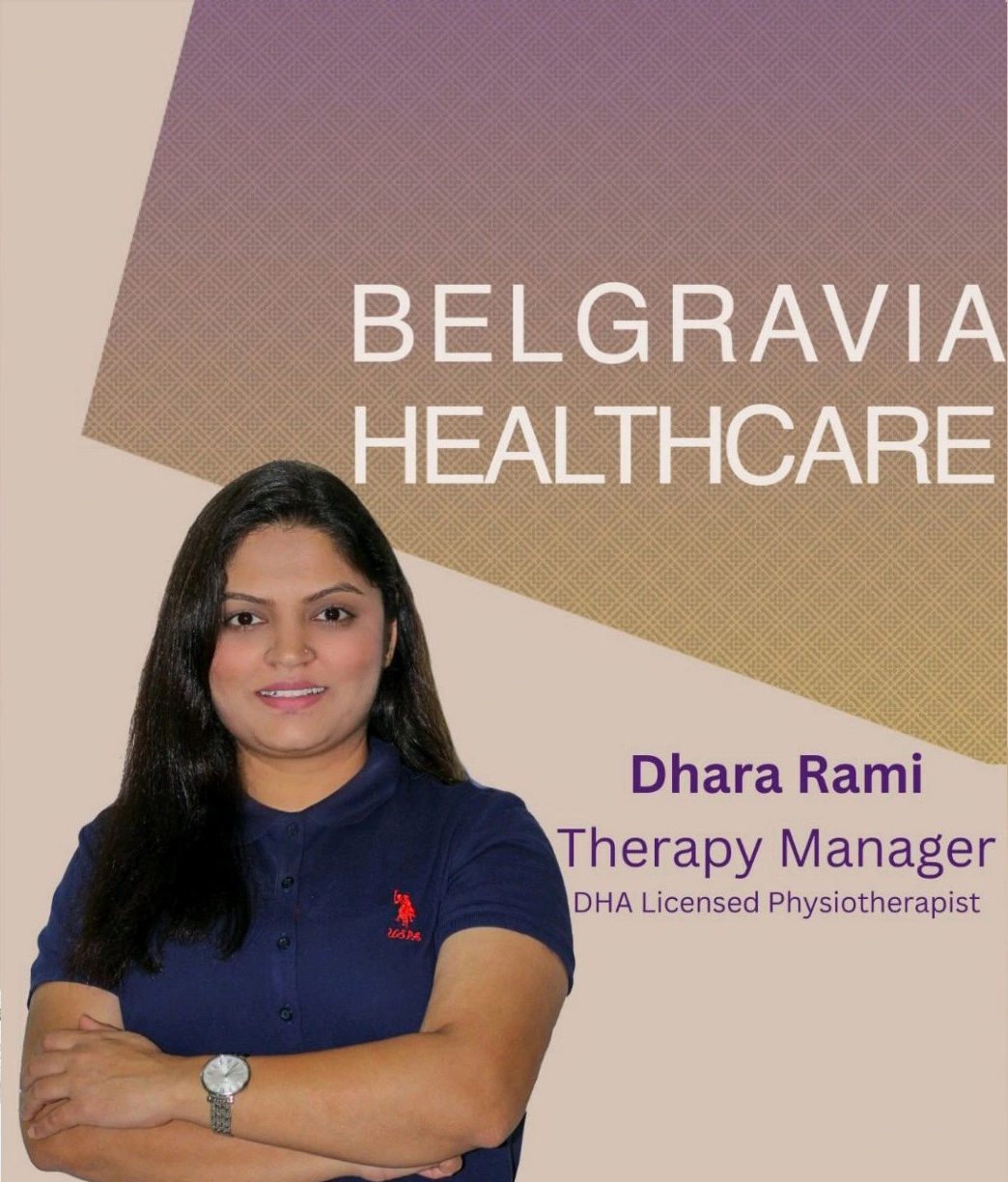In this blog, we answer some of the common questions about functional integrated dry needling. This treatment is just one of the many specialist physiotherapy services we offer at Belgravia Healthcare.
What is functional integrated dry needling?
Dry needling is a skilled and neurophysiological evidenced-based treatment technique that requires effective manual assessment of the neuromuscular system. The treatment is performed by trained physiotherapists aiming to treat pain and neuromusculoskeletal injuries while addressing a movement dysfunction. In essence, it involves the insertion of a thin filament needle through the skin to muscles to stimulate the healing process of soft tissue (facial adhesions, ligaments, and tendons) resulting in pain relief and restoration of healthy physiology.
What are fascial adhesions?
Fascial adhesions can occur from compensations or toxic adaptations during occupational, recreational or sporting activities. If the muscle use exceeds its capacity to handle stress, this results in muscular and fascial tension. Fascial adhesions sometimes feel like a twisted belt or water wave near the joint. Alternatively, they can feel like a tight knot in muscles or ligaments.
Functional integrated dry needling uses single or multiple needles, depending on the area being treated, to directly treat a fascial adhesion.
Is dry needling painful?
Dry needling utilises a thin filament needle to penetrate the skin, fascia, and muscles to address the adhesions, trigger points and connective tissues. The result is quicker healing and the relief of pain. At first, patients will experience mild, dull ache during treatment and up to a day post treatment. Sometimes a rapid twitch response or jab of pain is experienced for a few seconds only. Later, it is normal to have mild to moderate soreness after functional integrated dry needling treatment. Afterwards, drinking lots of water, stretching, moving your body and ice pack application can reduce the duration of soreness.
Is dry needling the same as acupuncture?
Acupuncture is an ancient traditional Chinese technique which utilises the knowledge of meridians. This focus allows an acupuncturist to work on person’s inner balance, energy, Qi, and one’s life force.
Dry needling relies on the practitioner’s expanded knowledge of skeletal and neuroanatomy which allows them to identify taut bands, trigger points, injured and overused tissues.
Dry needling is an extremely effective treatment for acute and chronic pain, decreased flexibility, joint dysfunction and recovery from physical activities. It is normal to undergo several dry needling sessions before the muscle is fully functional again. This is because the taut bands or knots are located under deep layers of muscles so they require several sessions for the changes to take full effect. However, often patients notice a difference right after each treatment.

Dhara Rami
Therapy Manager
To find out more about dry needling, contact our therapy manager today to arrange a free consultation.
Call the office on 055 129 8825
Call Dhara on 055 128 6896
